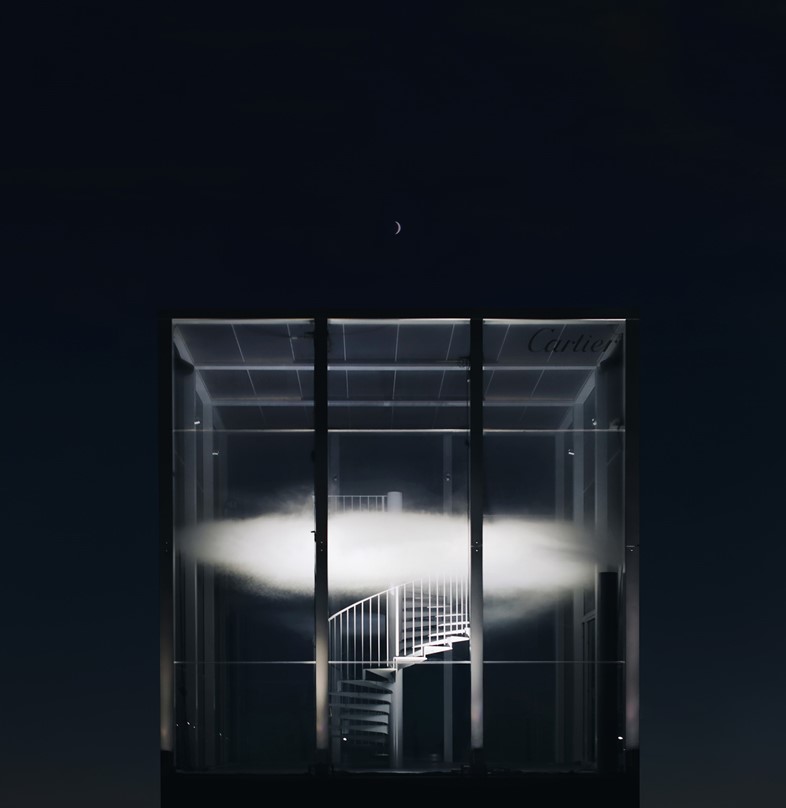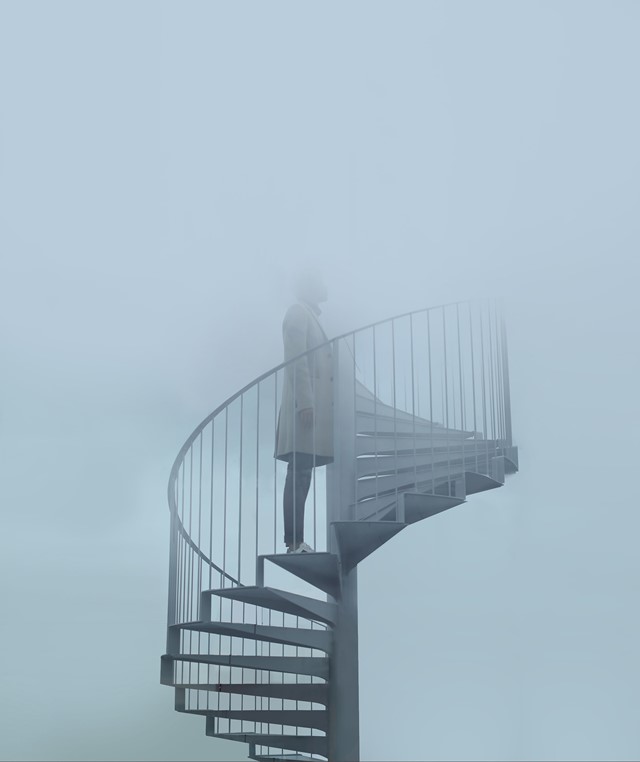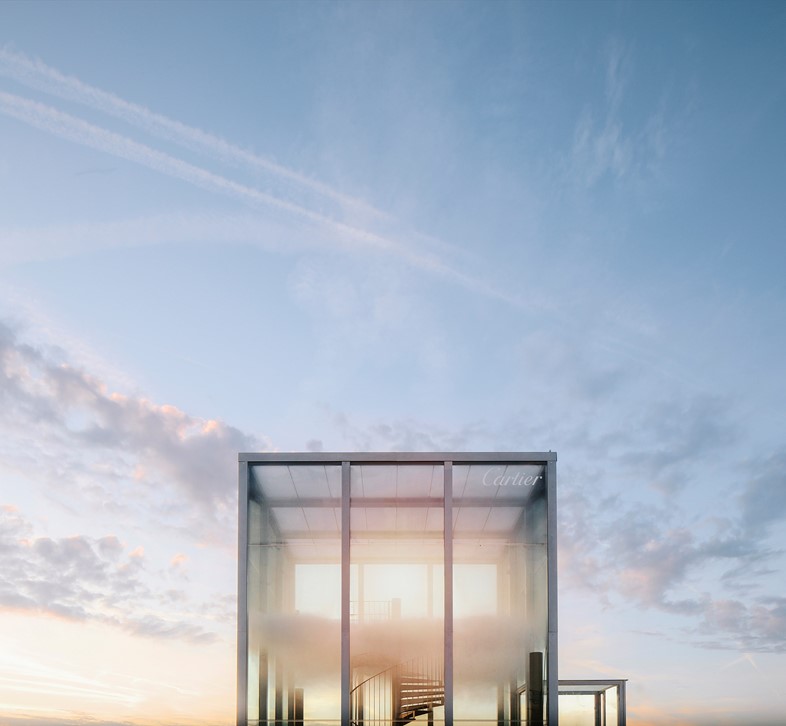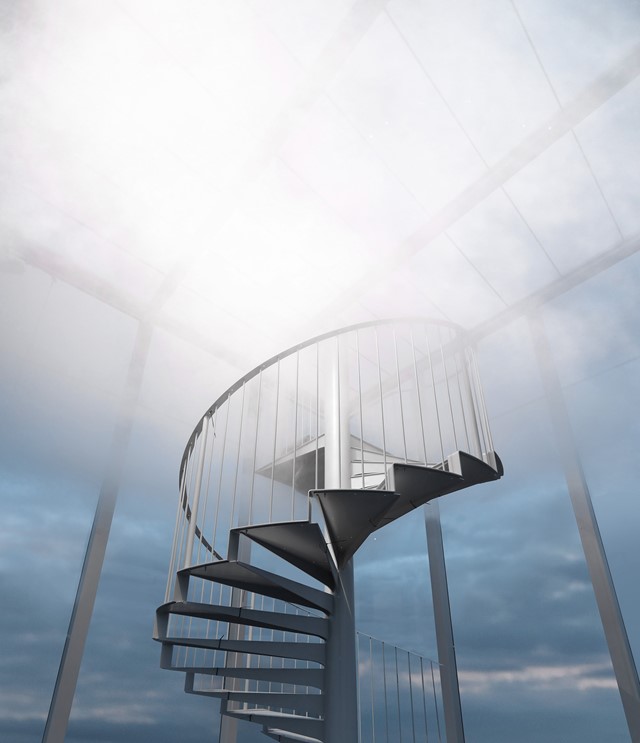The first in Cartier's innovative series of fragrance experiences challenges our perceptions of perfume
From afar, OSNI 1 is an intriguing sight: a cloud trapped in a framed glass cube and planted in the middle of the pavilion of the Palais de Tokyo, Paris. Though visually remarkable, especially at night, it is as an experiential work that it comes into play. The first in Cartier’s series of olfactory experiments has been brought into being by Cartier’s in-house perfumer Mathilde Laurent in collaboration with climate experts Transsolar. From the adjacent cafe, Laurent and I watch visitors through the clear walls of the cube, ascending a staircase one at a time and arriving in a cloud of perfume that is suspended very visibly in mid-air.
This installation echoes Cloudscapes, a work that saw climate engineers Transsolar fill a vast showspace at the Architecture Biennale in Venice 2010 with a tangible, unperfumed cloud. Interestingly, art and luxury occupies only about one percent of what Transsolar do, their usual objectives focusing on environmental comfort and the impact our ideas of comfort have on the sustainability of a building. This recent work with Cartier was their first dabble with fragrance and, rather than merely offering an artistic approach to a new product launch, was in fact a bid to experiment collaboratively with the notion of how we experience scent.

Laurent launched L’envol – the scent used in this installation which translates to ‘the flight’ – back in October 2016. Inspired by the idea of mead – honeyed wine; ambrosia to the gods – Laurent’s head had been filled with clouds ever since its conception. Cloudscapes offered Laurent the idea to present perfume in a tangible way that also transcended its traditional parameters: that of the product, the bottle and what she thinks of as its seriousness. “Perfume is always a cloud, when you spray it on you it’s a cloud. So entering this cloud means entering perfumery in such a different way… Perfume is much more than just a smell, it’s a world. And I’ve enjoyed this world for so many years, it has become something very important for me to share it, and to invite people in.”

As such, OSNI 1 forms the first of a series of perfume experiences created by Laurent whose tenure at the house of Cartier has seen in a swathe of iconic olfactory explorations. L’heure Perdue, a range of 12 fine fragrances – one for every elusive hour of the day – uses scent to explore memory and the passing of time and remains a jewel in the crown of one of the world’s few in-house perfumers. XI, the eleventh hour perfume proffered a vanilla-like scent made entirely synthetically, allowing Laurent to play on her growing fascination with molecules and their ability to translate natural scents, sometimes even more powerfully than the natural ingredients themselves.
Sitting in Laurent’s office in the Jean Nouvel-designed Fondation Cartier, this nature-nurture relationship plays out in manifold ways. The building itself, complete with rotating exhibition space, is a vast glass structure encased by greenery: a botanical garden unfurls around the perimeter of the office block. A second glass facade boxes in a flanking wild-flower garden, adding further layers to the fluidity of inside-meets-outside. Flowers fill Laurent’s workspace too and the day I visit, vast displays of white dahlias spill out from test-tubes, glass vials and decanters, lending a methodical lens to her vision of natural beauty.

Beauty is not confined to nature, according to Laurent. “It can be wonderful and beautiful to recreate nature and take from nature for their creations. The inspiration of nature is… transcendent. Sometimes the representation of nature is even more beautiful than nature. Maybe that’s what art is? Maybe it is when you manage to recreate nature even more beautifully.” It’s a convincing argument, reiterated as one ascends the OSNI 1 staircase and climbs into the ambrosian-scent-filled cloud. Looking up through glass ceiling of this room, one can watch the weather change and unfold; clouds roll by on a daily basis though we rarely offer them much thought. Here in this specially crafted climate, the cloud is at once tangible and contained yet entirely transcendental. Nature has been recreated to an altogether more awesome effect.
